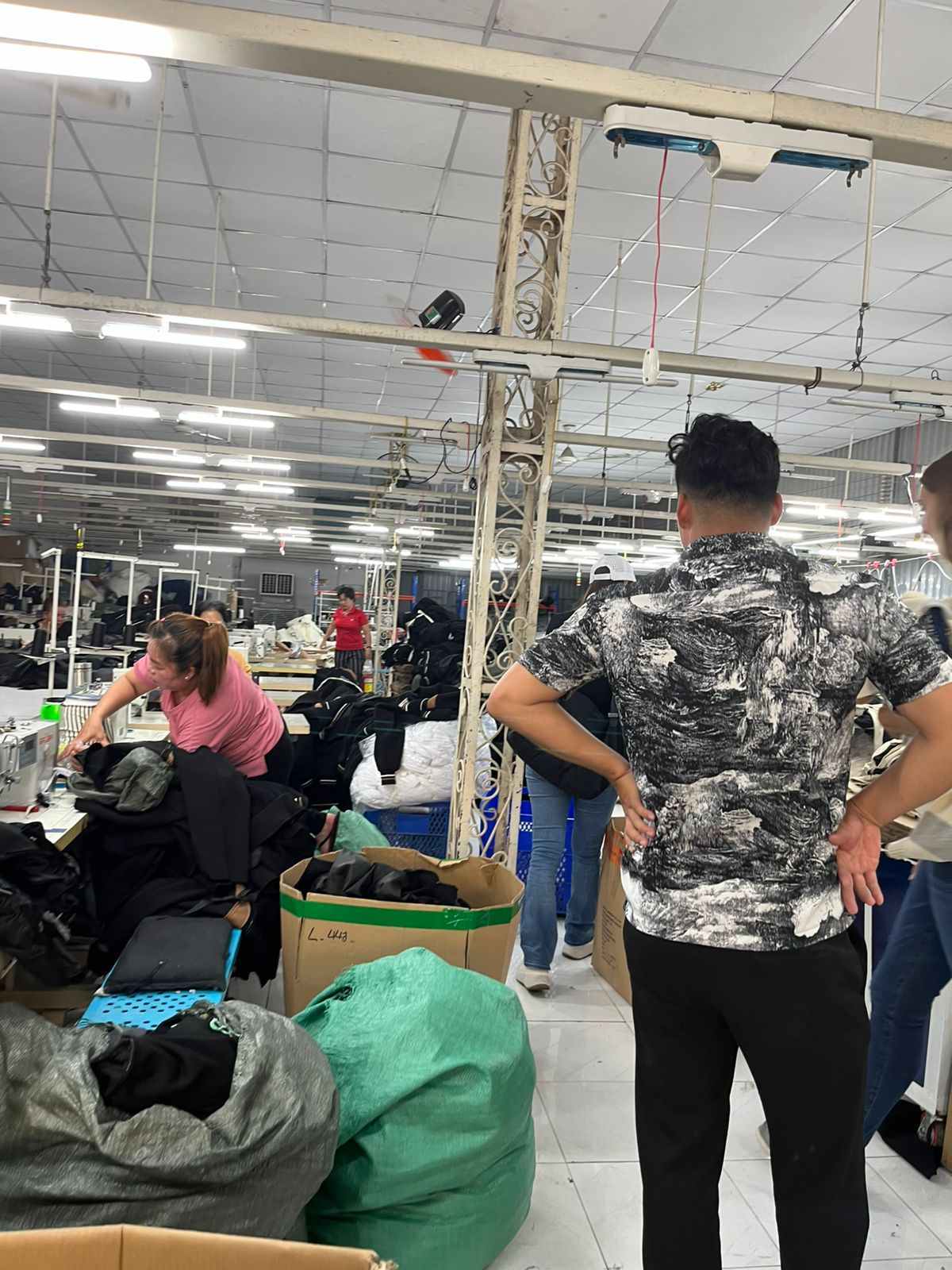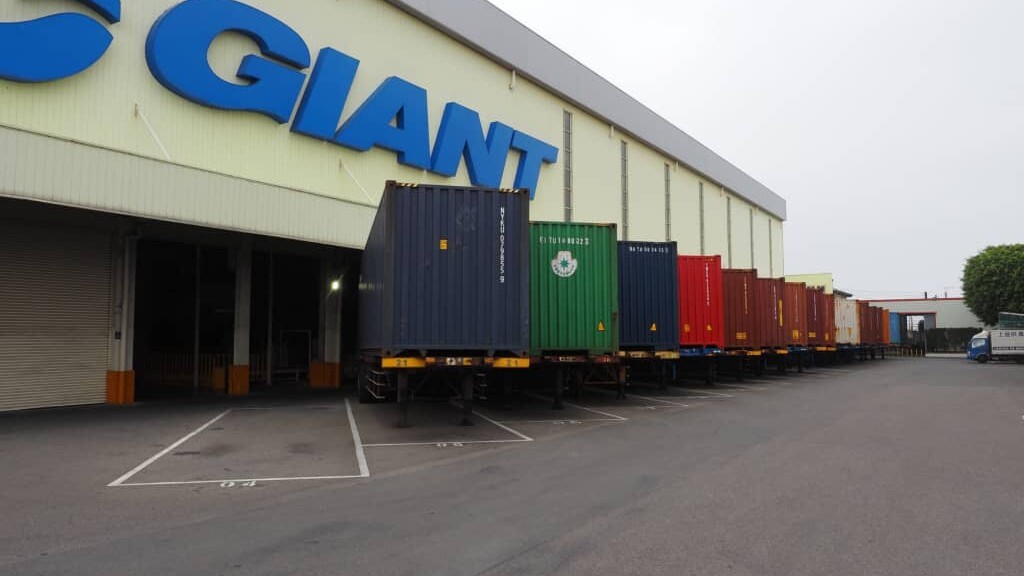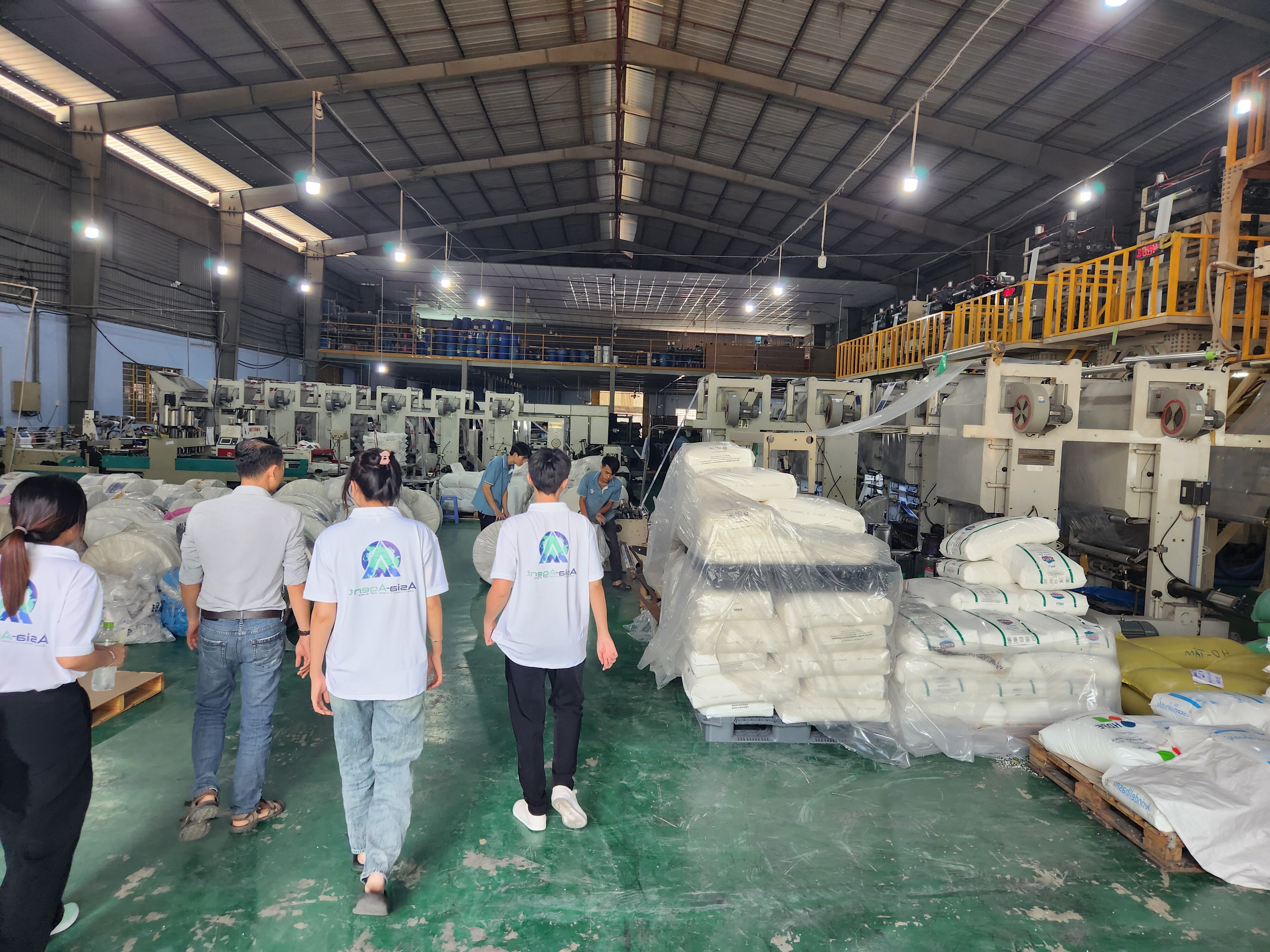ASEAN Between Two Giants
Why supply chains in Vietnam, Thailand, and Malaysia must shift from opportunity to audit-ready
The map of manufacturing is redrawing itself again.
As U.S.–China trade friction deepens, Southeast Asia has become the fastest-growing alternative — a corridor of factories stretching from Ho Chi Minh City to Penang, Bangkok, and Jakarta.
Every government in the region is racing to attract new orders, foreign investment, and export share.
But behind the optimism sits a new kind of scrutiny.
The same countries now benefiting from China’s decline are inheriting its inspection schedule.
The new pressure zone
Recent reports from Reuters and The Diplomat describe a region caught between two giants. The United States wants clean, traceable supply chains. China wants to keep its export lifelines open through investment and ownership stakes across ASEAN.
The result is a quiet squeeze.
Factories in Vietnam, Thailand, and Malaysia are growing fast — but many are still partially owned, supplied, or financed by Chinese companies. The U.S. Customs and Border Protection (CBP) and Department of Commerce (DOC) are well aware of it.
New trade agreements now make the distinction official:
- ~20% tariffs for verified ASEAN-origin goods.
- ~40% tariffs for goods suspected of transshipment or Chinese control.
That line — between “verified” and “suspected” — is now where profit margins live or die.
What enforcement looks like
CBP’s data this year is blunt. Between January and August 2025, more than $400 million in duty evasion was uncovered across Asia — much of it through Chinese goods routed via Vietnam, Indonesia, or Thailand.
At the same time, regional governments are tightening.
- Vietnam has started auditing export certificates and factory registrations for U.S.-bound shipments.
- Thailand now requires detailed local value-add declarations for key HS codes under investigation.
- Malaysia has begun random inspections for origin fraud and component re-labeling.
It’s no longer possible to “shift production” in name only.
If your operation can’t prove transformation — through documentation, production flow, and bills of material — you’re operating in a red zone.
The importer’s new risk map
Most importers who moved to ASEAN did so for cost and diversification.
Few adjusted their compliance systems.
Now the rules have flipped.
The opportunity exists, but only for those who can back it up.
For every shipment entering the U.S. today, CBP expects three forms of proof:
- Origin Verification
- Transformation Evidence – what changed materially between import and export.
- Valuation Consistency – matching invoices, bank wires, and documentation trails.
This isn’t academic. It’s enforceable under 19 U.S.C. § 1592 and the Enforce and Protect Act.
Penalties are real, and they travel upstream — from importer to supplier.
The Asia Agent framework
At Asia Agent, we treat ASEAN manufacturing the way CBP does — as a system that demands evidence.
Supplier Verification
Every supplier is screened for ownership, capital origin, and cross-border links.
Factories with Chinese majority capital or dependent component sourcing are flagged early.
On-Site Documentation
We send local teams to capture geo-tagged proof, production flow, and BOM-level mapping.
That file becomes your first layer of defense.
Origin & Transformation Analysis
We document substantial transformation under U.S. legal definitions — not factory claims.
Each step, from cutting to assembly to packaging, is mapped against tariff-shift rules.
Audit Readiness
Invoices, POs, packing lists, and payment trails are aligned and reviewed under CBP’s “reasonable care” standard.
Continuous Monitoring
Annual re-verification, new factory audits, and updated declarations maintain compliance long after the first shipment.
This isn’t extra work. It’s the cost of staying inside the 20% tariff zone.
Regional reality
ASEAN’s rise is real.
Vietnam continues to post 7–8% growth. Thailand is investing in electric-vehicle production. Malaysia is climbing the semiconductor value chain.
But growth alone doesn’t erase exposure. The U.S. wants proof. China wants access. Both are testing the system.
For importers, that means your factory’s nationality is no longer the only question.
The capital behind it, the components inside it, and the paperwork surrounding it — those are now your true country of origin.
Perspective
The lesson is the same everywhere in Asia:
Opportunity and oversight arrive together.
CBP isn’t against manufacturing in Vietnam or Thailand. It’s against uncertainty.
If your supply chain is built on structure — verified suppliers, transparent processes, traceable value — you’ll thrive under the new regime.
If it’s built on assumption, it will collapse the first time a customs officer asks the right question.
Globalization hasn’t ended. It’s just being audited.




